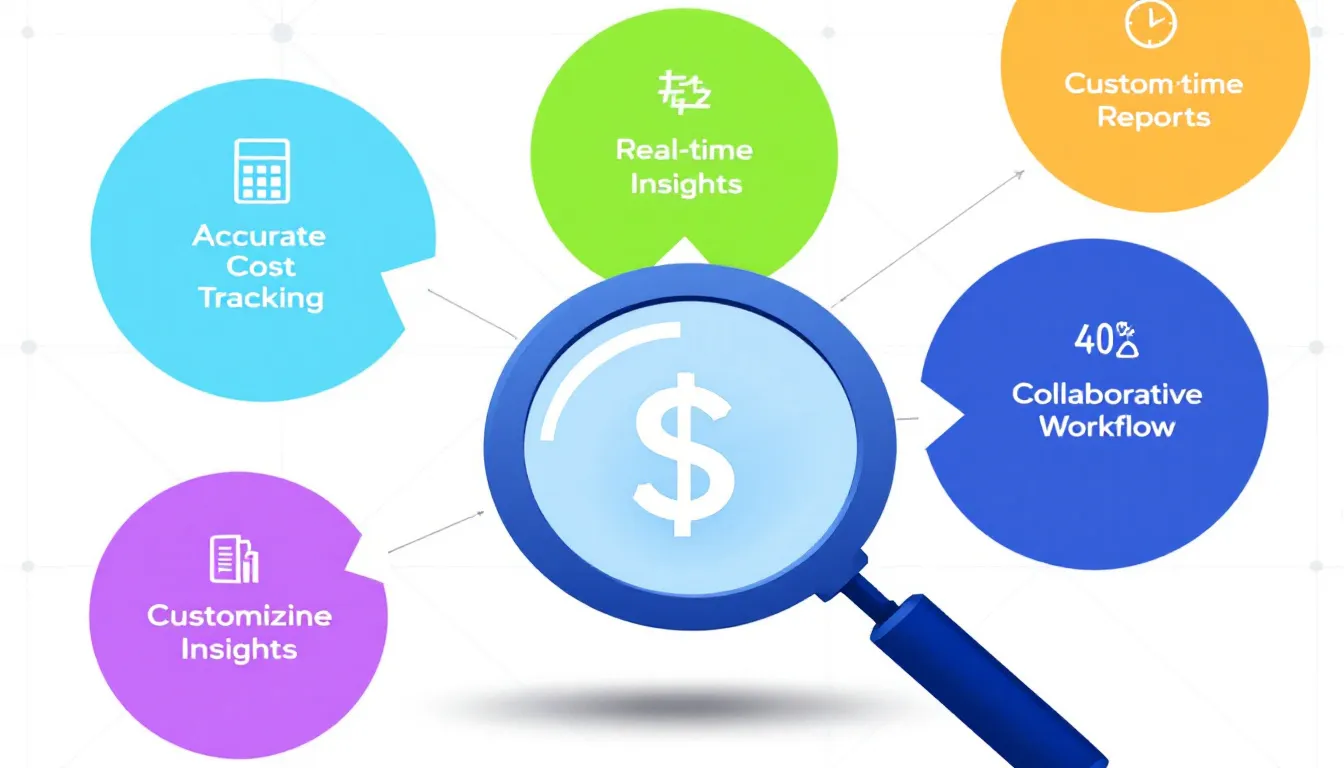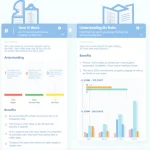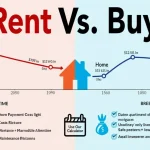Is this tool helpful?
How to Use the Business Cost Analysis Tool Effectively
This tool helps you break down and evaluate your business expenses to make smarter financial decisions. Here’s how to use it:
- Enter Your Business Type: Specify the industry or nature of your business to tailor the analysis. For example, you might input “Artisan Bakery” or “Freelance Graphic Design”.
- Select Your Analysis Time Frame: Choose the period over which to evaluate your expenses. Options include “Bi-monthly” or “Semi-annually”, in addition to standard choices like monthly or annually.
- Provide Your Financial Figures: Input total revenue along with detailed costs, such as fixed costs (rent, salaries), variable costs (materials, utilities), marketing expenses, and any other relevant costs.
- Optional: You can include specific cost categories of concern, like “Equipment Maintenance, Employee Training”, to customize your analysis.
After completing the form, click “Conduct Cost Analysis” to receive a detailed breakdown of your operational expenses and insights on potential improvements.
Introduction to the Business Cost Analysis Tool
The Business Cost Analysis Tool helps you identify where your money goes and how well your resources are utilized. This tool gives you a clear picture of your expenses across multiple categories, helping you control costs and improve profitability.
What This Tool Does
It organizes your business costs into categories like fixed and variable expenses, marketing, and others, then provides an insightful breakdown. This enables you to recognize overspending, uncover hidden costs, and pinpoint opportunities to optimize your budget.
Why Use Business Cost Analysis?
Regular cost analysis keeps your financial health transparent. It supports better budgeting, strategic decision-making, and performance tracking, helping you reduce expenses and enhance operational efficiency.
Practical Uses of the Business Cost Analysis Tool
This tool fits a wide range of business types and sizes. Here are some ways you can use it:
1. Improving Budget Accuracy in a Subscription Box Service
A subscription box company analyzes quarterly costs, including packaging, shipping, marketing, and fixed overhead. The tool shows their shipping costs are 25% higher than industry averages. Using this insight, they negotiate with carriers and optimize packaging to cut costs.
2. Monitoring Expense Variations for a Landscaping Business
The business tracks monthly expenses like equipment maintenance, fuel, labor, and advertising. It discovers that fuel costs spike seasonally, allowing for better cash flow planning and targeted cost controls during peak months.
3. Supporting Strategic Decisions in a Software Consulting Firm
By entering detailed cost data, including salaries, software licenses, and travel, the firm evaluates whether to hire full-time developers or outsource work. The analysis highlights cost differences clearly, guiding informed investment choices.
4. Benchmarking Against Competitors in a Craft Brewery
The tool helps the brewery compare their marketing and raw material costs with industry standards. Spotting areas where costs exceed peers, they adjust purchasing and promotion strategies to stay competitive.
Example Business Cost Breakdown and Insights
Here’s an example to illustrate how the tool’s calculations and analysis work:
- Total Revenue: $150,000 (Quarterly)
- Fixed Costs: $40,000 (Rent, salaries, insurance)
- Variable Costs: $35,000 (Raw materials, utilities)
- Marketing Costs: $10,000 (Advertising, promotions)
- Other Costs: $5,000 (Miscellaneous expenses)
Based on this data, the tool calculates total expenses and net profit, highlighting cost proportions:
$$ \text{Total Expenses} = \text{Fixed Costs} + \text{Variable Costs} + \text{Marketing Costs} + \text{Other Costs} = 40,000 + 35,000 + 10,000 + 5,000 = 90,000 $$$$ \text{Net Profit} = \text{Total Revenue} – \text{Total Expenses} = 150,000 – 90,000 = 60,000 $$It then breaks down expenses as percentages of revenue, for example:
$$ \text{Fixed Costs \%} = \frac{40,000}{150,000} \times 100 = 26.7\% $$$$ \text{Variable Costs \%} = \frac{35,000}{150,000} \times 100 = 23.3\% $$This insight helps you understand which costs weigh most heavily on your finances and where you can focus optimization efforts.
Benefits of Conducting Regular Business Cost Analysis
- Gain Financial Clarity: Understand each expense category clearly to manage cash flow better.
- Improve Operational Efficiency: Identify cost-saving opportunities that don’t affect quality.
- Make Informed Decisions: Use detailed cost data to plan investments, expansions, or cutbacks confidently.
- Enhance Budget Accuracy: Base your forecasts on real, up-to-date expense breakdowns.
- Maintain Competitive Pricing: Ensure your prices cover costs while remaining market-competitive.
Why Use This Business Cost Analysis Tool?
- Easy Input and Quick Processing: The form guides you to enter all necessary data and delivers results promptly.
- Customizable Expense Categories: Tailor the tool to include costs unique to your business.
- Insightful Cost Breakdown: See clear visualizations and data summaries that help you understand expenses.
- Supports Various Business Sizes: From startups to established companies, the tool scales with your needs.
- Encourages Regular Financial Reviews: Helps you monitor cost trends over time to stay proactive.
Important Disclaimer
The calculations, results, and content provided by our tools are not guaranteed to be accurate, complete, or reliable. Users are responsible for verifying and interpreting the results. Our content and tools may contain errors, biases, or inconsistencies. Do not enter personal data, sensitive information, or personally identifiable information in our web forms or tools. Such data entry violates our terms of service and may result in unauthorized disclosure to third parties. We reserve the right to save inputs and outputs from our tools for the purposes of error debugging, bias identification, and performance improvement. External companies providing AI models used in our tools may also save and process data in accordance with their own policies. By using our tools, you consent to this data collection and processing. We reserve the right to limit the usage of our tools based on current usability factors.







